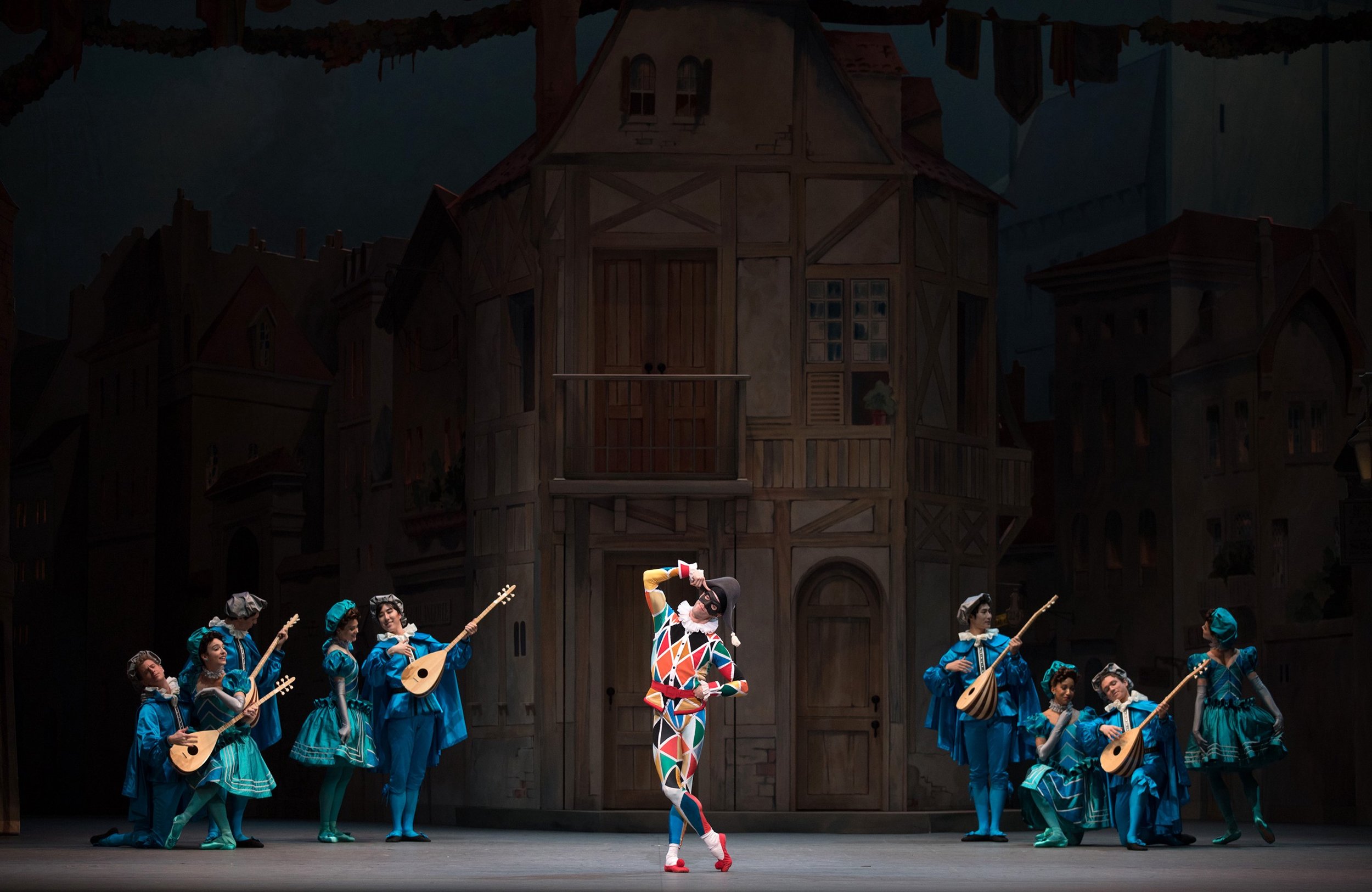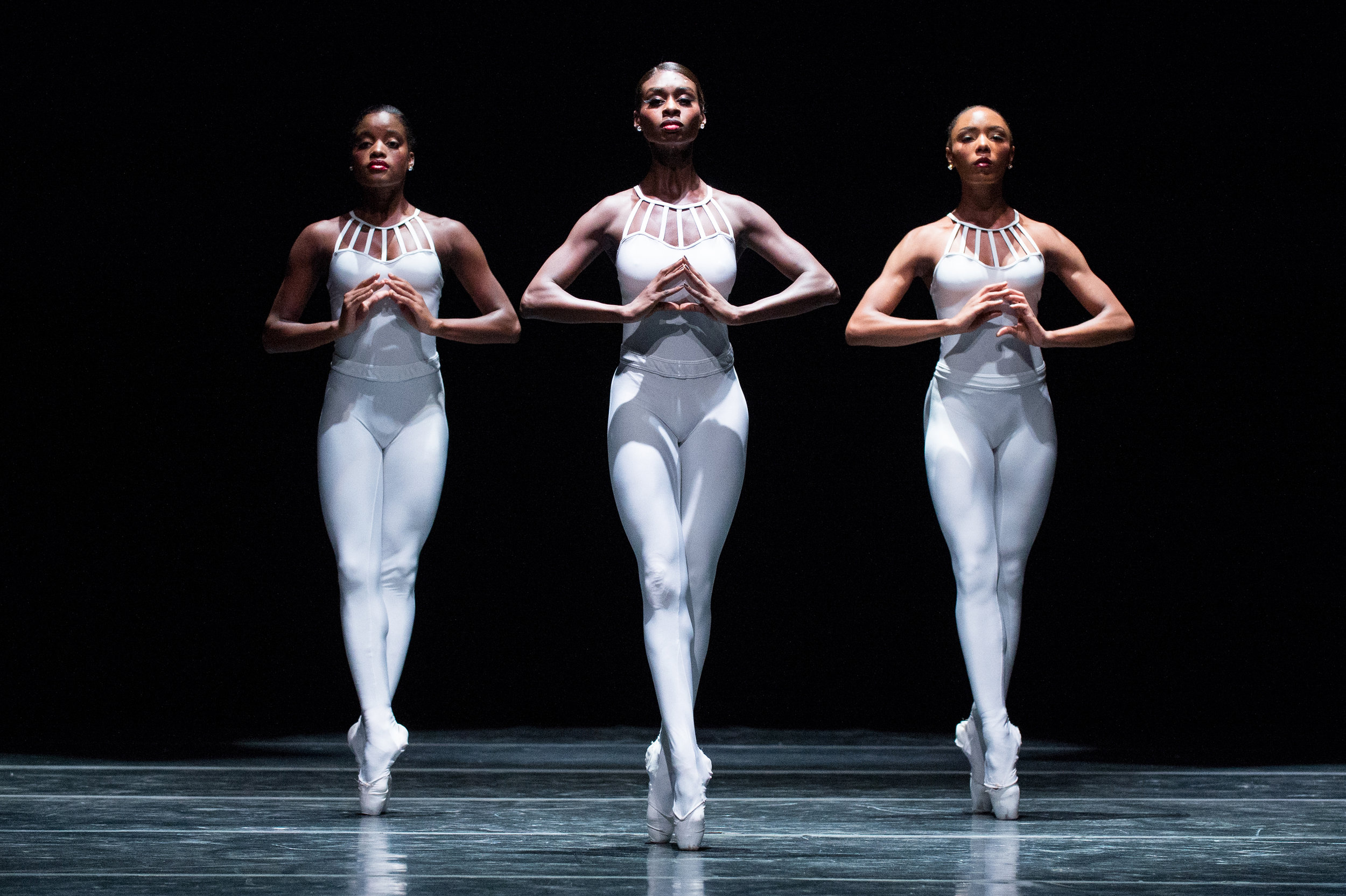Wasted Again

There are plenty of good reasons to mount a production of an old play, opera, or ballet that bears little if any resemblance to contemporary life or doesn’t resonate with the times in any meaningful way. Well, there are at least a handful. A small handful. Okay, maybe two or three. For example, there’s always art for art’s sake, in which an out-of-style or antiquated work provides a truly unique experience for the audience, such as seeing Abel Gance’s Napoleon in a theater accompanied by a live orchestra. Or perhaps the production gives an artist the opportunity to perform at a level that contemporary vehicles rarely, if ever, provide in the same way (e.g. Shakespeare’s plays or Handel’s operas). And of course there’s historical interest, which gives academics and enthusiasts the opportunity to experience something for the first time, or revisit it with fresh eyes and a contemporary perspective.
The risk is that when “museum pieces” are undertaken without commitment or a strong artistic vision, they can come off as irrelevant relics of the past. Audiences won’t care about them, nor should they. There’s way too much happening in the world today that should, and does, engage them, created by people with whom they relate and understand. If you’re going to present a 120 year-old comedic ballet to today’s audience, you’d better be able to say something with it, or that it holds up well enough on its own.
One can only assume that was the general idea when American Ballet Theatre (ABT) gave Alexei Ratmanksy (the company’s Artist in Residence) the okay to reconstruct Harlequinade, Marius Petipa’s full-length commedia dell’arte ballet. Resurrecting Petipa’s work through that choreographer’s own system of notation is a hobby of Ratmansky’s, and his earlier attempts have been notable successes. However, Harlequinade is not a success, at least on an artistic level, and while fault for that lies primarily with Petipa, blame Ratmansky and ABT for foisting this hoary piffle on the public. Someone should have said “no,” or at least had the good sense to say “let’s take an excerpt and put it in a program of Petipa highlights.” It does the arts no good when audiences pay top dollar for shows that essentially exploits their goodwill and enthusiasm.
All that effort and money, and so little to show for it.
Sure, the scenery and costumes by Robert Perdziola are gorgeous. The lighting by Brad Fields is good (not great). The dancers, given what little they have to work with, acquit themselves well enough — the material for the soloists is largely unremarkable, and only intermittently does the corps remind one they are watching a work by the creator of La Bayadère. Tyler Maloney can do some mighty fine pirouettes, and at one point proves it. Christine Shevchenko truly stands out among the large cast. The seemingly endless rounds of jetés by local children pretty much steal the show. The best thing that can be said about Riccardo Driggo’s accompanying score is that he inserted his variations on the theme of “For He’s a Jolly Good Fellow” toward the end of the second act instead of the first. If that’s all you want out of an evening of dance then this will satisfy you. But you should want more, and arts organizations should provide it.





